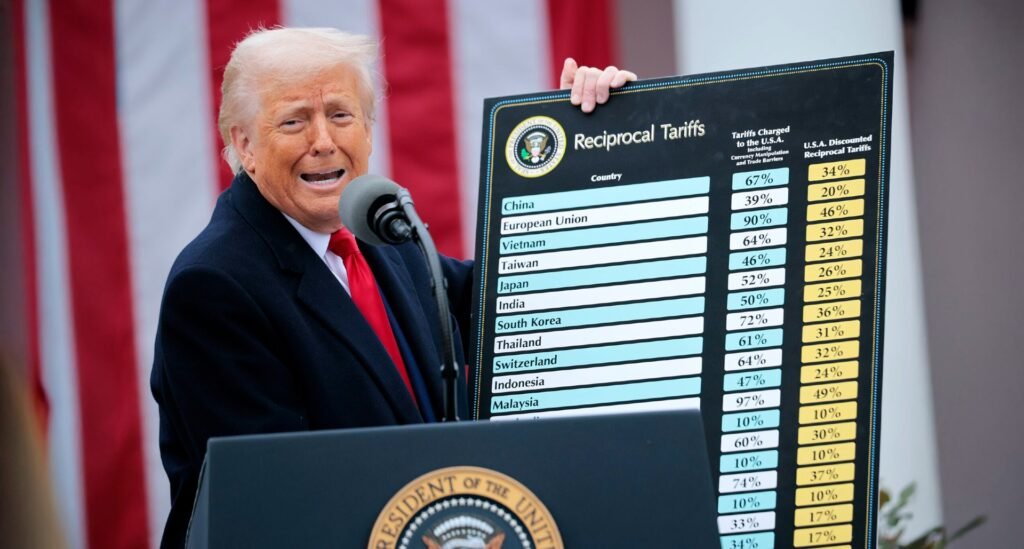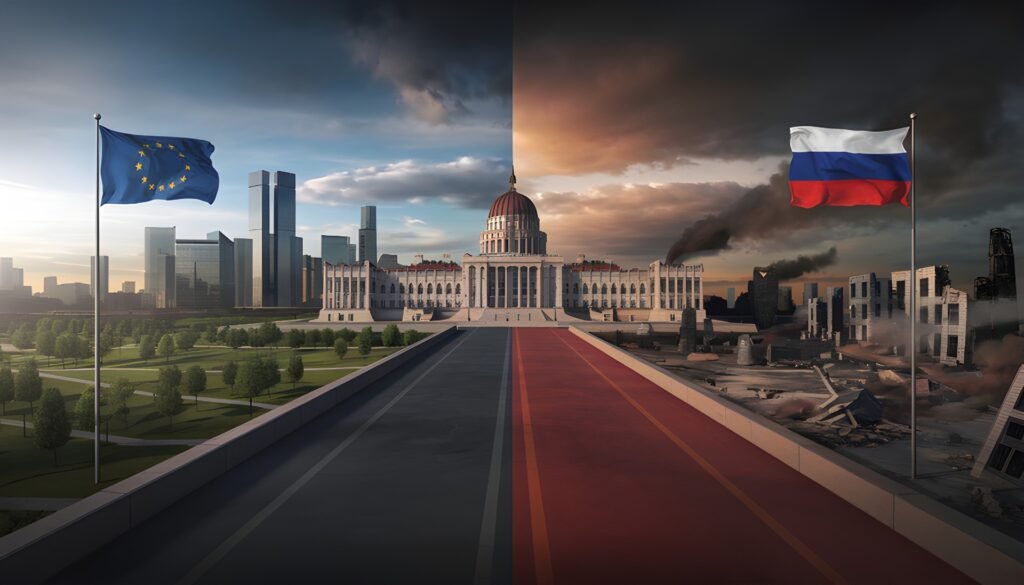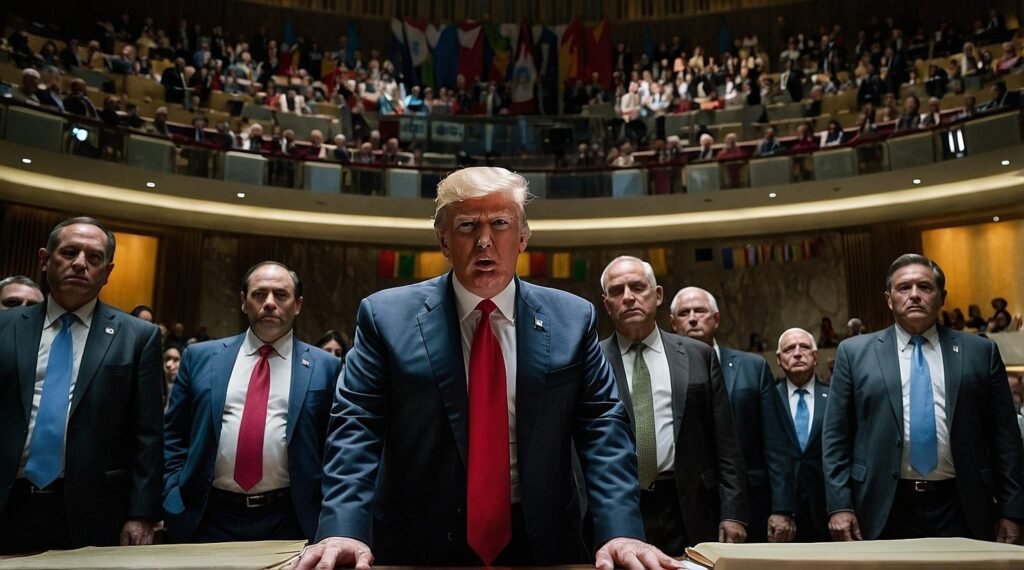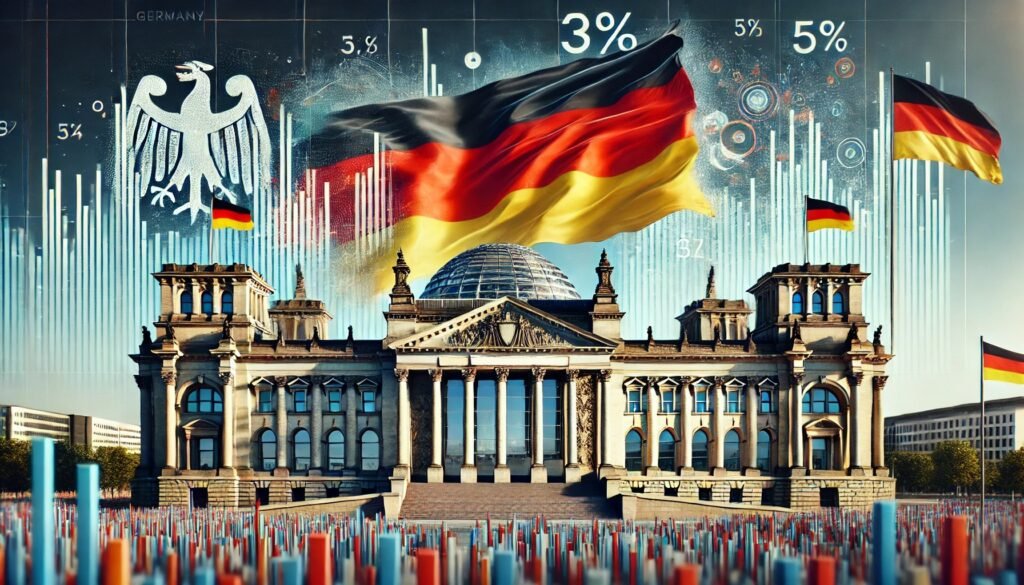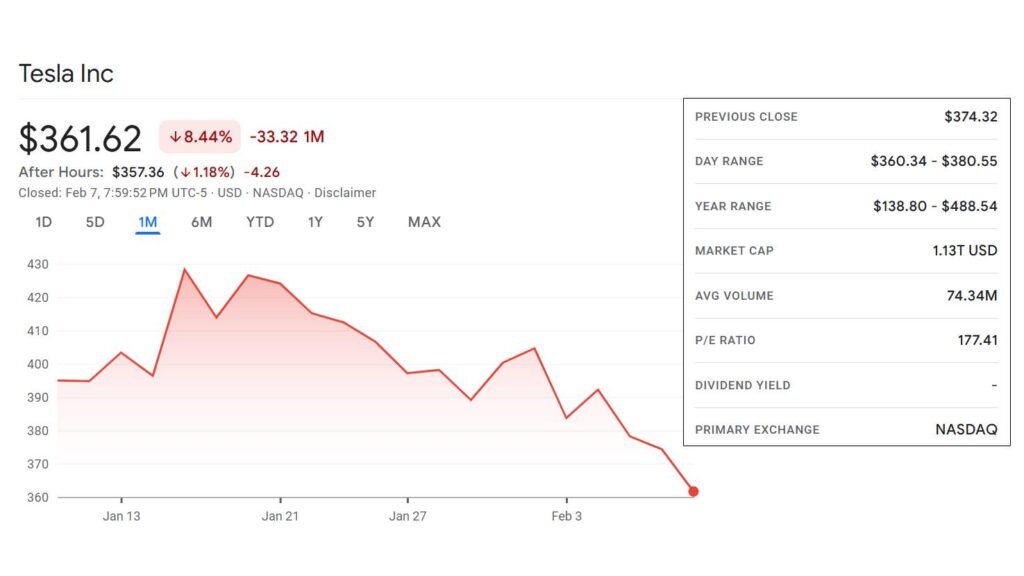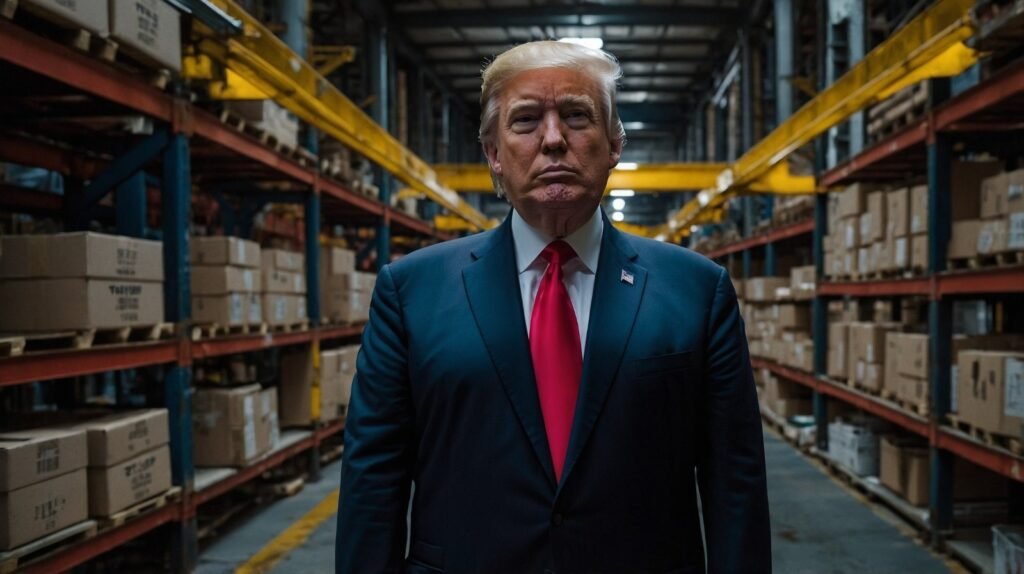|
Getting your Trinity Audio player ready...
|
The echoes of economic nationalism returned with full force on April 2, 2025, as President Donald Trump, newly reinstated as the 47th President of the United States, launched what observers are already calling the most expansive and disruptive trade war in modern global history. Dubbed by his administration as “Liberation Day,” the initiative introduced sweeping tariffs that stunned financial markets, infuriated allies, and redrew the contours of U.S. global trade priorities.
The Trump’s Aggression Against the World
Before the sweeping measures of April 2025, Trump had already laid the groundwork during his first term with a series of high-profile tariff impositions. The trade war with China began in 2018, with tariffs on $250 billion worth of Chinese goods, later expanded to nearly $370 billion. The administration also imposed a 25% tariff on steel and a 10% tariff on aluminum imports globally, which hit key allies including Canada, Mexico, the European Union, Japan, and South Korea.
While some of these tariffs were rolled back or suspended during the Biden administration, Trump reinstated many of them early in 2025. Canadian and Mexican imports have remained subject to a 25% border tariff as part of Trump’s pressure over immigration and drug trafficking issues. South Korea and Japan also saw reinstated duties on electronics and automotive components. The EU faced fresh duties on industrial goods and agricultural products even before the Liberation Day announcement.
These prior rounds of tariffs laid the ideological and logistical foundation for the more systematic and punitive strategy launched in April 2025, making it clear that Trump’s second presidency would double down on unilateral trade enforcement.
The roots of Trump’s protectionist agenda trace back to his first term, where tariffs on China and renegotiations of trade deals such as NAFTA signaled a departure from decades of globalization. But 2025 marks a more aggressive and ideological shift. Citing the need to restore American industry and punish countries that have, in Trump’s view, “exploited” the United States, the administration imposed a baseline 10% tariff on all imports.
But it didn’t stop there. On April 9, a wave of reciprocal tariffs ranging from 10% to 50% is scheduled to hit more than 110 countries, including many longstanding U.S. allies. These tariffs were calibrated based on what the administration called an index of “unfair trade advantages”. The effect: countries like Germany, South Korea, India, and Japan now face tariffs as high as 30%, while smaller export-driven economies like Lesotho, Cambodia, and Laos face up to 50% duties.
Full List of Affected Countries and Tariff Rates
The following nations have been hit with reciprocal tariffs as part of the April 2025 U.S. trade restructuring, with rates ranging from 10% to 50%:
50% Tariff: Lesotho, Saint Pierre and Miquelon
49% Tariff: Cambodia
48% Tariff: Laos
47% Tariff: Madagascar
46% Tariff: Vietnam
44% Tariff: Sri Lanka, Myanmar (Burma)
42% Tariff: Falkland Islands
41% Tariff: Syria
40% Tariff: Mauritius
39% Tariff: Iraq
38% Tariff: Botswana, Guyana
37% Tariff: Bangladesh, Serbia, Liechtenstein, Reunion
36% Tariff: Thailand, Bosnia and Herzegovina
34% Tariff: China
33% Tariff: North Macedonia
32% Tariff: Taiwan, Indonesia, Angola, Fiji
31% Tariff: Switzerland, Libya, Moldova
30% Tariff: South Africa, Nauru, Algeria
29% Tariff: Pakistan, Norfolk Island
28% Tariff: Tunisia
27% Tariff: Kazakhstan, India
25% Tariff: South Korea
24% Tariff: Japan, Malaysia, Brunei
23% Tariff: Vanuatu
21% Tariff: Cote d’Ivoire, Namibia
20% Tariff: European Union, Jordan
18% Tariff: Nicaragua, Zimbabwe, Malawi
17% Tariff: Israel, Philippines, Zambia
16% Tariff: Mozambique, Norway
15% Tariff: Venezuela
14% Tariff: Nigeria
13% Tariff: Chad, Equatorial Guinea
12% Tariff: Cameroon
11% Tariff: Democratic Republic of the Congo
Each rate was assigned based on a so-called “reciprocity index” aimed at measuring the degree of trade imbalance or perceived unfairness toward the United States.

The World Reaction
Governments across the globe reacted with alarm and fury to the new U.S. tariffs. Leaders from Berlin to Jakarta criticized the abrupt nature of the move, arguing it undermines decades of trade diplomacy and stability. German Chancellor Anna-Lena Baerbock called the tariffs “a hostile act against the principles of free trade,” while Japan’s Ministry of Economy stated the new duties would “destabilize Asia-Pacific cooperation.”
European Commission President Didier Reynders pledged a coordinated EU response and raised the possibility of tit-for-tat tariffs targeting key American exports. China, though hit with a 34% tariff on top of existing penalties, adopted a calculated tone, hinting at possible back-channel negotiations while warning that Beijing “will defend its economic sovereignty.”
Latin American nations such as Brazil and Chile, both slapped with 10% tariffs despite stable relations with Washington, expressed confusion and concern, while smaller economies like Cambodia, Madagascar, and Bangladesh said the harshest penalties could lead to job losses and humanitarian crises.
Even U.S. allies like Canada and Mexico, technically exempt from the Liberation Day tariffs but still subject to legacy 25% border levies, found the policy contradictory. Mexico’s President Claudia Sheinbaum warned that “economic aggression breeds diplomatic rupture.”
The WTO has called an emergency summit to address what it describes as an unprecedented and unilateral threat to global commerce. As countries weigh their responses, global economic uncertainty deepens.
Russia, North Korea, and Cuba: The Exempted Axis
In a stunning reversal of previous foreign policy alignment, the Trump administration exempted Russia, North Korea, and Cuba from these tariffs. The justification, officials claimed, was that these nations were already under heavy sanctions and did not pose a trade threat. Yet, critics argue this exemption sends a geopolitical signal: allies are punished for economic dominance, while adversaries receive leniency under the guise of pragmatism.
The exemption of Russia — still under U.S. sanctions for its invasion of Ukraine — raised eyebrows in both Washington and NATO capitals. Trade volume between the U.S. and Russia remains low, but the message appears clear: this new American trade doctrine prioritizes ideology and perceived loyalty over historical alliance.
Strategic Allies Become Economic Targets
Markets and governments worldwide reacted with shock, particularly in Europe and East Asia. The European Union, targeted with a 20% tariff bloc-wide, condemned the move as “economic warfare”. South Korea, Japan, and Taiwan — vital U.S. strategic partners in the Pacific and participants in trilateral security agreements against Chinese influence — were each hit with tariffs between 24% and 32%.
These countries, already walking an economic tightrope amid a fragile post-pandemic recovery and rising inflation, now face the real threat of recession due to disrupted exports to one of their largest trading partners. Washington’s move has prompted several capitals to consider retaliatory tariffs, appealing to the World Trade Organization and seeking to strengthen trade ties with China.
Domestic Disruptions and Global Reverberations
The financial world responded swiftly. The Dow Jones fell nearly 900 points within hours of the announcement. Supply chains trembled as importers braced for cost hikes. American retailers warned of price surges, especially in sectors dependent on low-cost goods from Asia.
The global economy, already showing signs of slowing growth, faces heightened risks. Analysts warn of stagflation scenarios, currency shocks, and renewed supply chain bottlenecks. Developing nations reliant on U.S. demand may face a new wave of financial instability.
Trump’s Vision: Economic Sovereignty at Any Cost
From the Rose Garden, Trump defended the policy as a long-overdue correction. “They took our jobs, hollowed our factories, and sent our wealth overseas. Now we are taking it back,” he said to a cheering crowd. This marks a sharp pivot from multilateral cooperation to unilateral enforcement. It signals to the world that under Trump’s leadership, economic nationalism isn’t just rhetoric — it’s law.
As the world scrambles to assess and respond to the most ambitious U.S. trade restructuring in decades, the future of globalization hangs in the balance.
Stay tuned as we continue to follow this unprecedented story. What do you think? Are these tariffs a path to national revival or a shortcut to economic isolation? Leave us a comment, check back with us every day, and count on us to keep you informed as the trade war escalates.

